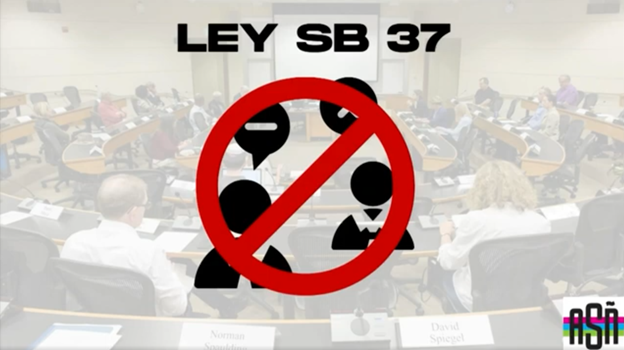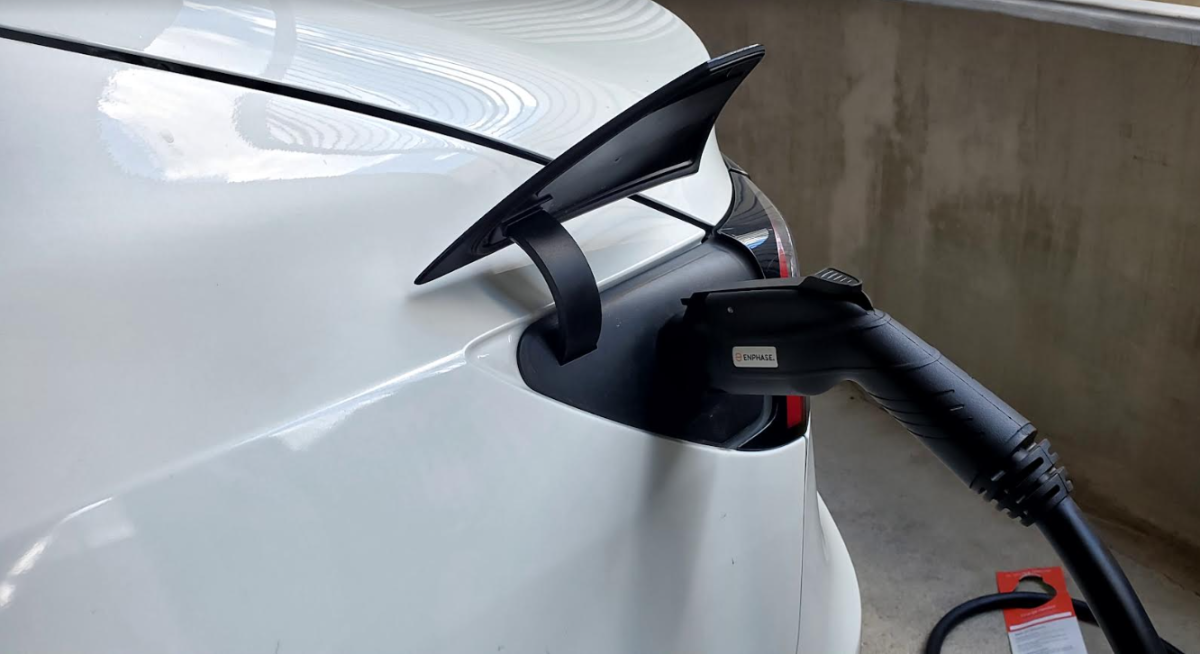ARLINGTON, Texas—Texas, renowned for its vast highways and expansive landscapes, is embarking on a significant transformation in its transportation infrastructure as it embraces electric vehicles.
With air quality concerns mounting, the state has secured a $100 million federal grant aimed at bolstering EV charging infrastructure, particularly in North Texas.
Jared Wright, North Central Texas Council of Governments senior air quality planner, said EVs are a great step toward combatting air quality concerns, especially in North Texas where child asthma rates continue to rise due to air pollution. The region accounts for 50% of on-the-ground emissions sources, according to the council’s website.
Wright highlighted federal funding as key drivers of infrastructure expansion efforts.
“The Electric Vehicle Infrastructure Program and the Charging and Filling Infrastructure Program are critical in increasing access to EV charging,” he said.
State data indicates that 40% of EV owners in Texas live in multifamily housing. In multifamily areas, the charging infrastructure isn’t sufficient, Wright said. There’s a demand for accessible charging solutions in those areas, but he worries it may take some time.
The deployment timeline for EV charging stations varies, Wright said. While some projects can be completed in less than a year, others may face delays due to supply chain issues and procurement processes. But, with $15 million in funding, the North Central Texas Council of Governments aims to install up to 100 EV charging ports across the region, addressing immediate infrastructure needs.
Other moves include one proposed legislation that seeks to provide tax incentives for businesses and property owners who install EV charging stations. Another bill aims to allocate additional state funding to complement federal grants, ensuring a more extensive and efficient EV charging network.
Beyond government initiatives, partnerships with private companies are playing a crucial role in expanding EV infrastructure. Companies like Tesla, ChargePoint and others are actively involved in deploying charging stations across Texas. These collaborations not only accelerate the deployment of charging infrastructure but also foster innovation in EV technology and service delivery.
Similar efforts are being made on a smaller scale as well.
UTA’s chief sustainability officer Meghna Tare oversees various sustainability initiatives. These range from transportation and recycling to energy efficiency and community engagement. She emphasized the importance of integrating sustainability into campus operations and academic curriculum.
Tare said her office collaborates with the Office of Parking and Transportation to facilitate the installation of EV chargers across campus. Tare highlighted the university’s partnership with ChargePoint, an EV charger company, and its commitment to providing accessible charging solutions for EV owners in the area.
Texas universities and research institutions are actively engaged in EV-related research and development projects, she said. These efforts focus on advancing battery technology, improving charging efficiency and optimizing EV performance in diverse environmental conditions.
Currently, the campus has four charging stations scattered around multiple garages and parking lots. The number of stations has remained the same since their introduction a few years ago.
Tare acknowledged the increasing demand for EV charging infrastructure. She said it’s driven by the transition toward sustainable transportation. The university aims to align with this momentum by exploring opportunities to enhance its EV charging network, including but not limited to adding new stations and replacing buses with EV alternatives.
For rural communities, initiatives are underway to install charging stations along rural highways and in small towns. Doing so helps provide essential support for long-distance travel and encourages EV adoption among rural residents.
Regarding concerns about EV adoption, Tare said she remains optimistic about the future landscape. Some EV critics mention the disposal process of lithium batteries and how it potentially negates the positives of owning an EV. Tare addresses the criticism by stating there are ways to properly dispose of the batteries to minimize environmental damage.
“It’s not something that just ends up in trash, just like a computer,” Tare said. “There’s a proper collection system. The benefits of having an EV car outweigh that.”
To further align with sustainability goals, EV charging stations are increasingly powered by renewable energy sources such as solar and wind. This integration not only reduces the environmental impact of charging EVs but also contributes to the overall resilience and reliability of the electric grid.
When it comes to meeting increasing demands for an improved EV infrastructure, Wright expressed confidence in the expansion of teams and staff to respond to this growth. There is an ongoing effort to scale up operations as needed. Teams are getting larger and new internships are being created, Wright said.
Wright outlined ambitious plans for the next five years for the infrastructure. Anticipated developments include the completion of Phase One of the Tesla application program, with electric vehicle chargers strategically placed along major highways. Additionally, efforts are underway to enhance charging infrastructure in urban areas, making EV chargers more accessible and prominent at fueling stations. Wright envisions a future where EV charging becomes commonplace and just as accessible as a regular gas station.
In addition to infrastructure development, incentives for EV ownership are being explored to accelerate the transition away from traditional gasoline-powered vehicles. These incentives may include tax credits, rebates, reduced registration fees and access to HOV lanes, making EVs more financially attractive and accessible to a broader range of consumers.
Both Tare and Wright emphasize continuing to invest in EVs. Wright in particular said by increasing access to charging stations, particularly for those unable to charge at home, there is a collective effort to promote EV adoption and ensure a seamless driving experience for all motorists.






































